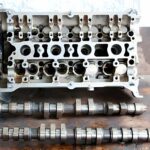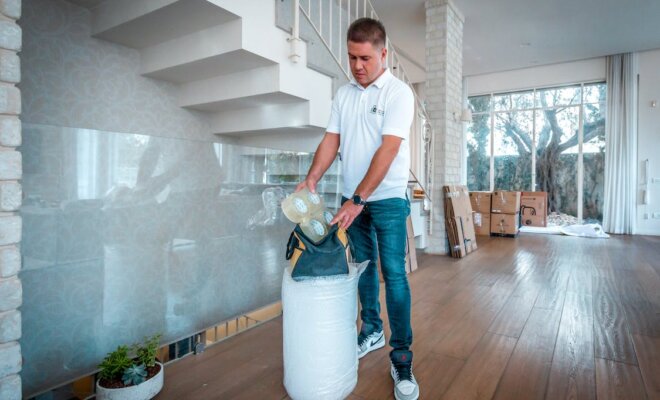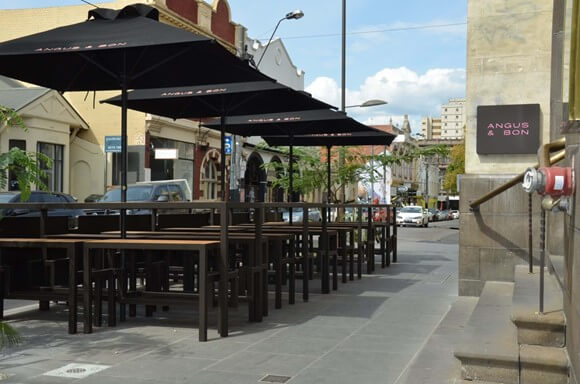Most metal objects always run a risk of corrosion or rust due to the presence of atmospheric humidity. Many chemicals may also cause corrosion and severe damage on the metallic surfaces. The polluted air is another major cause for faster metal corrosion as the chemicals in them react with the metal surface faster than that in pure air. Therefore, the best way to save the vital metal products is the application of metal finishing on its surfaces. There are different methods for coating the coating the surface, that is applying a metal finish. The common ones are electrical plating, chemical coating, and the joint combination of electrical and chemical procedures.
Main Advantages of Metal Finishing
When a metallic object undergoes metal finishing, all its sharp edges are smoothened. The end product acquires a glossy or matte appearance or any other desired texture. Thus, the decorative metal items look more attractive and shinier than its original. Electroplating, silk screening, and powder coating are used as finishing techniques. Thus, the metal surfaces become more resistant to all types of corrosions, rusting, and adverse chemical actions.
This ensures that the metal objects last for many years in its prime condition. Particularly in the manufacturing industry, these finishing coats help protect the metal parts of machines from rust and thereby maintain efficiency. All metallic hardware parts are coated, which enhance their longevity and functionality.
Maintenance of the metal objects becomes much easier due to the finishing of those products. The items that have received metal finishing can be cleaned simply by wiping off.
No dust or dirt can stick permanently to these finished surfaces, making the cleansing procedure an easier one. This saves time in case of larger machine parts. Also, no chemical is required for cleaning these finished metal products and so the surrounding environment is relieved from the harmful effect of the chemicals.
How to Carry on Metal Finishing On Different Metal Products
The metal surfaces should be cleaned thoroughly before initiating the coating procedure.
This is done by wiping off the grease and dirt carefully. Any impurity may remain within the metal body during manufacturing. So necessary steps have to be are taken to eliminate these physical and chemical impurities as they will impede the procedure and thus a smooth finish will be lost.
Anodizing or electroplating is the common metal finishing method used on all aluminium, alloys and stainless-steel products. This is useful in manufacturing household utensils, aircraft parts, and computer hardware. It is also used in automobile industry, industries manufacturing sportswear, flashlights, and other recreational materials.
Type I anodizing procedure is used to change the thickness and colour of the metal objects, by coating the surface. Here, the variation in thickness ranges up to maximum 1 mm. The dyes used on these metals while anodizing include grey, black, and bronze. Type II anodizing involves the formation of an oxide on the surface that is thinner and is used in creating different layers of textures. Type III anodizing creates a much thicker finishing. It is used in the manufacturing of machinery parts that need to bear maximum wear and tear.
The client, who requires a metallic finishing, particularly from the industrial sector, needs to contact reputed agencies to avail such services. The well-trained metal finishing professionals can explain the benefits of such metal coatings. They can show a demonstration of the technology they employ to achieve the smooth finish and suggest the most suitable type of finishing for the specific metal products of their clients. This relieves the client as well as the manufacturers of metal objects of the worry regarding the corrosion of their machine parts.










